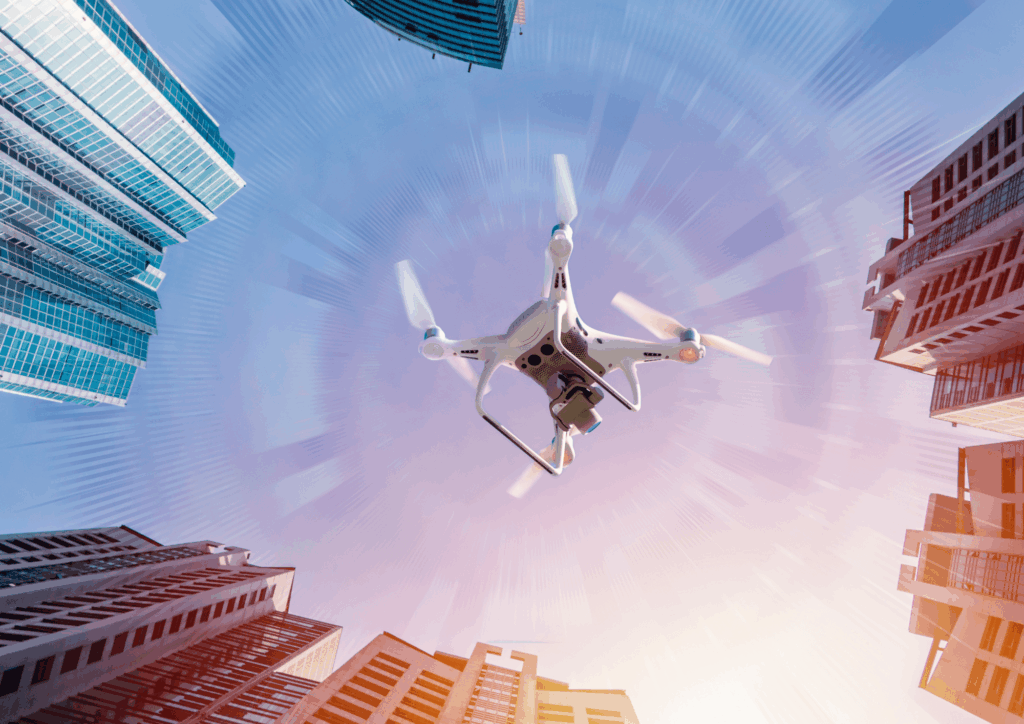Development of Virtual Reality and Artificial Intelligence Training Solutions
- Key FeaturesImmersive Multilingual Training
Immersive VR platforms enable solo or team training in realistic simulations-boosting decision-making, readiness, and multilingual collaboration across locations.
360° Scenarios
360° immersive experiences boost situational awareness by letting trainees explore real-life scenarios from any angle—accessible via mobile and easily integrated with VR training.
Syncrhronous and Asynchronous Training
Blended training combines live interaction with self-paced content, offering flexible, accessible learning across locations.
Platform Integration
All training is unified in the EU Virtual Judicial Academy, providing seamless access and management on one platform.
Tailored VR & AI Training Solutions
At Agenfor International, in collaboration with AN.KA Software S.A., we develop cutting-edge Virtual Reality (VR) and Artificial Intelligence (AI) training solutions designed to meet the evolving needs of security, justice, and law enforcement professionals. By working closely with end users—including law enforcement agencies, judicial bodies, and private organizations—we ensure that every solution is tailored to real-world challenges and validated in practical environments.
By combining Artificial Intelligence and Virtual Reality, we deliver innovative, interoperable solutions that enhance investigative capacity, support early detection of risks, and facilitate collaboration between public and private stakeholders.
With our expertise in VR, AI, and applied research, Agenfor International stands at the forefront of technological innovation for training and operational solutions in the fields of security and justice.
Technologies We Employ
Virtual Reality (VR)
We use Virtual Reality as a central tool for immersive and operational training. Our simulations recreate complex scenarios based on real-life situations, offering users an interactive, safe and repeatable experience. Training can take place in single or multi-user mode, even remotely, improving decision-making capabilities and operational effectiveness. VR is also used for tourism and cultural experiences: users can explore remote places, historical sites or difficult-to-access environments, experiencing an immersive first contact before a physical visit. This application also expands the use of technology in the field of heritage enhancement and sustainable tourism.
Artificial Intelligence (AI)
Artificial Intelligence is integrated into our systems to make learning more personalised, interactive and accessible. Through advanced language models, we create virtual avatars capable of answering complex questions in real time, drawing on document bases provided during design.
The avatar’s behaviour is based on machine learning technologies, which enable it to process large amounts of information and return coherent and contextualised answers. In some cases, we also integrate deep learning processes, especially when it comes to refining responses or adapting the avatar to more complex interactions over time.
The system supports asynchronous training, offering content available at any time, and can be integrated into synchronous paths via live interfaces and automatic translation. The combination of these technologies enables a continuous, multilingual and scalable training experience.
Drones
We use drones for various purposes related to simulation and digital reconstruction. In the design phase, drones are used to perform photogrammetric surveys and environmental scans, useful for creating realistic scenarios in VR. In operational simulations, drones can be integrated as dynamic elements, useful for training tactical use in complex environments or emergency scenarios. This makes it possible to familiarise with the tool in total safety, improving the technical preparedness of operators.





